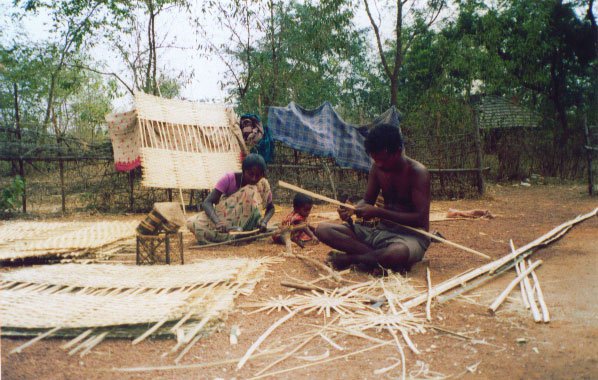Bamboo Transforms Tribal Lives in Odisha
For generations, bamboo has been deeply woven into the social and cultural fabric of Odisha’s indigenous groups, serving as both a practical resource and a symbol of resilience.
Bamboo, long regarded as the “poor man’s timber,” is quietly transforming the lives of Odisha’s tribal communities, breathing new life into traditions while opening doors to economic opportunities. For generations, bamboo has been deeply woven into the social and cultural fabric of Odisha’s indigenous groups, serving as both a practical resource and a symbol of resilience. Today, with renewed focus on sustainable livelihoods and eco-friendly industries, this versatile plant is emerging as a lifeline for many tribal families.
In the tribal belts of districts like Mayurbhanj, Kandhamal, Koraput, and Sundargarh, bamboo is no longer just a material for making baskets or fences. It has become a source of empowerment, especially for women artisans who are reviving and reinventing bamboo craft with innovative designs. From utility products like mats and containers to modern furniture and decorative pieces, their work is finding a market not just in local haats but also across cities and online platforms. This transition from subsistence craft to commercial enterprise has significantly boosted household incomes and reduced the dependence on seasonal forest produce.
Government initiatives and non-governmental organizations have also played a crucial role in nurturing this transformation. Training programs are equipping artisans with modern tools and design skills, while cooperatives are helping them secure fair prices and connect with buyers. The Odisha Rural Development and Marketing Society (ORMAS) has been instrumental in promoting bamboo products at trade fairs, creating exposure that was once unimaginable for small tribal producers. With bamboo also being recognized under national missions for its ecological benefits, the demand for bamboo-based industries in housing, paper, and even bio-fuel has further expanded opportunities.
Beyond economics, bamboo is reinforcing cultural pride among tribal communities. The act of working with bamboo is deeply tied to identity and tradition, and its renewed relevance has encouraged younger generations to learn the craft from their elders. Instead of migrating to cities for uncertain jobs, many youths are choosing to stay back and explore entrepreneurship through bamboo. This has strengthened community bonds while preserving indigenous knowledge systems that might otherwise have faded away.
Ecologically too, bamboo is proving to be a savior. Its fast-growing nature and ability to thrive in degraded soil make it a vital ally in combating deforestation and soil erosion, challenges that have plagued tribal areas for decades. For families living close to forests, bamboo plantations are not only providing income but also protecting their environment, ensuring resources for the future.
The story of bamboo in Odisha’s tribal heartlands is, therefore, more than one of livelihood—it is one of dignity, sustainability, and cultural revival. What was once dismissed as a humble resource is now redefining rural enterprise, bridging the gap between tradition and modernity. As global attention shifts toward sustainable living, the bamboo-based transformation of Odisha’s tribes may well become a model for the world, showing how a simple plant can change the course of communities when nurtured with vision and respect.

